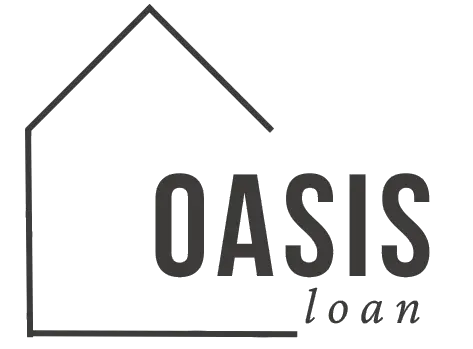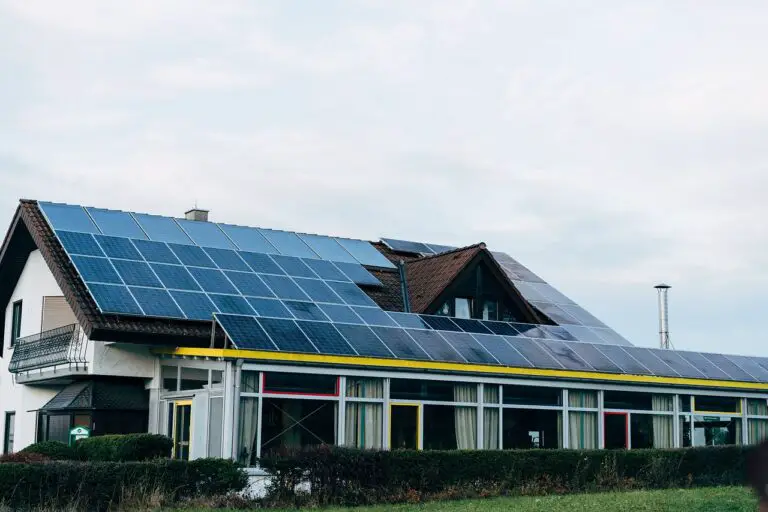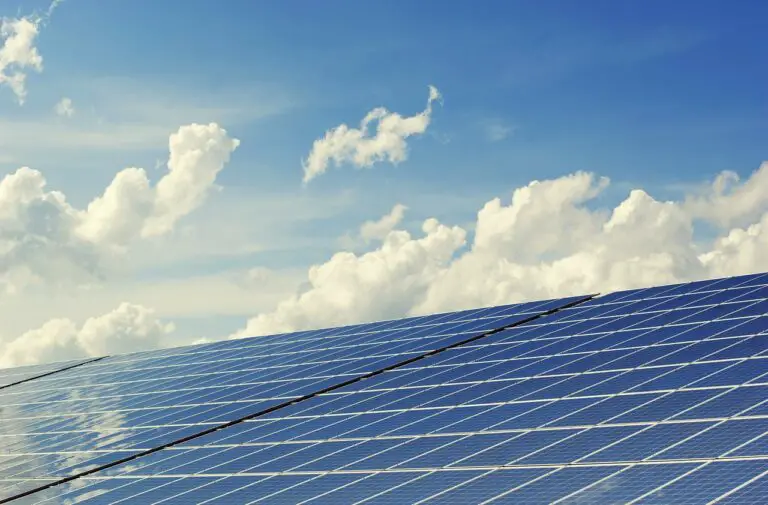Recent Developments in Green Financing
In recent years, green financing has gained momentum as a crucial tool for fostering sustainable development and combating climate change. This article explores the latest advancements in green financing, focusing on loans for solar panels and green home improvement loans. We will delve into recent trends, innovative programs, and the evolving landscape of financing options for eco-friendly projects.
Emergence of Green Financing Trends
1. Increased Popularity of Green Home Improvement Loans
Green home improvement loans have become increasingly popular as homeowners seek to make their properties more energy-efficient. These loans provide financial support for renovations that enhance a home’s sustainability. For instance, upgrading insulation, installing energy-efficient windows, or incorporating renewable energy systems are common projects funded by these loans.
Recent trends show that the demand for these loans is rising, driven by both financial incentives and environmental consciousness. Homeowners are increasingly aware of the benefits of reducing energy consumption and lowering utility bills. As a result, lenders are responding with more attractive loan terms and conditions to accommodate this growing interest.
Key Point: Many lenders now offer green home improvement loans with favorable interest rates and flexible repayment options, making it easier for homeowners to invest in energy-efficient upgrades.
2. Expansion of Solar Panel Financing Options
The financing landscape for loans for solar panels has also seen significant developments. Solar energy is increasingly recognized as a viable and sustainable energy source, prompting lenders to offer specialized financing options for solar panel installations.
Recent advancements in this area include solar-specific loans with competitive interest rates and longer repayment periods. Additionally, some lenders provide no-money-down options, which help homeowners overcome the initial cost barrier associated with solar panel installations.
Key Point: As solar technology becomes more affordable and accessible, the variety of financing options for solar panels continues to expand, making it easier for homeowners to switch to renewable energy sources.
3. Integration of Green Financing into Mainstream Banking
Another notable development is the integration of green financing into mainstream banking practices. Traditional banks and financial institutions are increasingly offering green loan products alongside their standard offerings. This shift reflects a growing recognition of the importance of sustainable finance in the broader financial sector.
Recent data indicates that a significant number of banks now offer green loan options, including both loans for solar panels and green home improvement loans. This integration is expected to continue, driven by increasing consumer demand and regulatory pressure on financial institutions to support sustainable practices.
Key Point: The mainstream adoption of green financing products by traditional banks makes it easier for consumers to access sustainable financing options as part of their regular banking relationships.
Innovative Programs and Incentives
1. Government-Backed Green Financing Programs
Governments around the world are introducing and expanding green financing programs to encourage sustainable practices. These programs often include government-backed loans and incentives designed to reduce the financial burden of eco-friendly projects.
For example, many governments offer tax credits or rebates for installing solar panels or making energy-efficient home improvements. These incentives can significantly reduce the overall cost of such projects, making them more accessible to a wider range of homeowners.
Key Point: Government-backed programs are crucial in driving the adoption of green technologies by providing financial relief and incentives for environmentally friendly projects.
2. Green Bonds and Sustainable Investment Funds
Green bonds and sustainable investment funds have emerged as popular options for financing large-scale eco-friendly projects. These financial instruments are designed to raise capital for projects that have positive environmental impacts.
Recent developments include the expansion of green bond markets and the creation of specialized investment funds focused on sustainability. These instruments attract investors interested in supporting environmental initiatives while earning returns on their investments.
Key Point: Green bonds and sustainable investment funds offer a way for investors to contribute to environmental sustainability while diversifying their portfolios.
3. Technological Advancements in Green Financing
Technological advancements are playing a significant role in the evolution of green financing. Innovations such as blockchain technology and artificial intelligence are being used to streamline and enhance the green financing process.
For instance, blockchain technology can improve transparency and traceability in green financing, ensuring that funds are used for their intended purposes. Similarly, AI can help in assessing loan applications and predicting the potential impact of green projects more accurately.
Key Point: Technology is transforming green financing by improving efficiency, transparency, and effectiveness in funding sustainable projects.
Challenges and Opportunities
1. Overcoming Financial Barriers
Despite the growth in green financing options, several barriers remain. One of the main challenges is the upfront cost of green projects, which can be a significant hurdle for many homeowners. Even with loans for solar panels and green home improvement loans, the initial investment can still be substantial.
Key Point: Addressing the financial barriers to green projects requires continued innovation in loan products and increased support from both private and public sectors.
2. Enhancing Consumer Awareness and Education
Another challenge is the need for greater consumer awareness and education about green financing options. Many homeowners are still unaware of the benefits and availability of green home improvement loans and solar panel financing.
Efforts to improve consumer education and provide clear, accessible information about these financing options are essential in driving adoption and maximizing the impact of green financing initiatives.
Key Point: Increasing consumer awareness and education is crucial for expanding the reach and effectiveness of green financing programs.
Conclusion
The landscape of green financing is rapidly evolving, with significant advancements in loans for solar panels, green home improvement loans, and other sustainable financing options. From innovative loan products and government-backed programs to technological advancements and mainstream banking integration, these developments reflect a growing commitment to environmental sustainability.
As the demand for green projects continues to rise, it is essential to address financial barriers, enhance consumer education, and leverage technological innovations to further advance the field of green financing.
Resource
- U.S. Department of Energy: Financing Energy Efficiency and Renewable Energy
- International Finance Corporation: Green Bonds
- Environmental Finance: Green Bond Market Report







